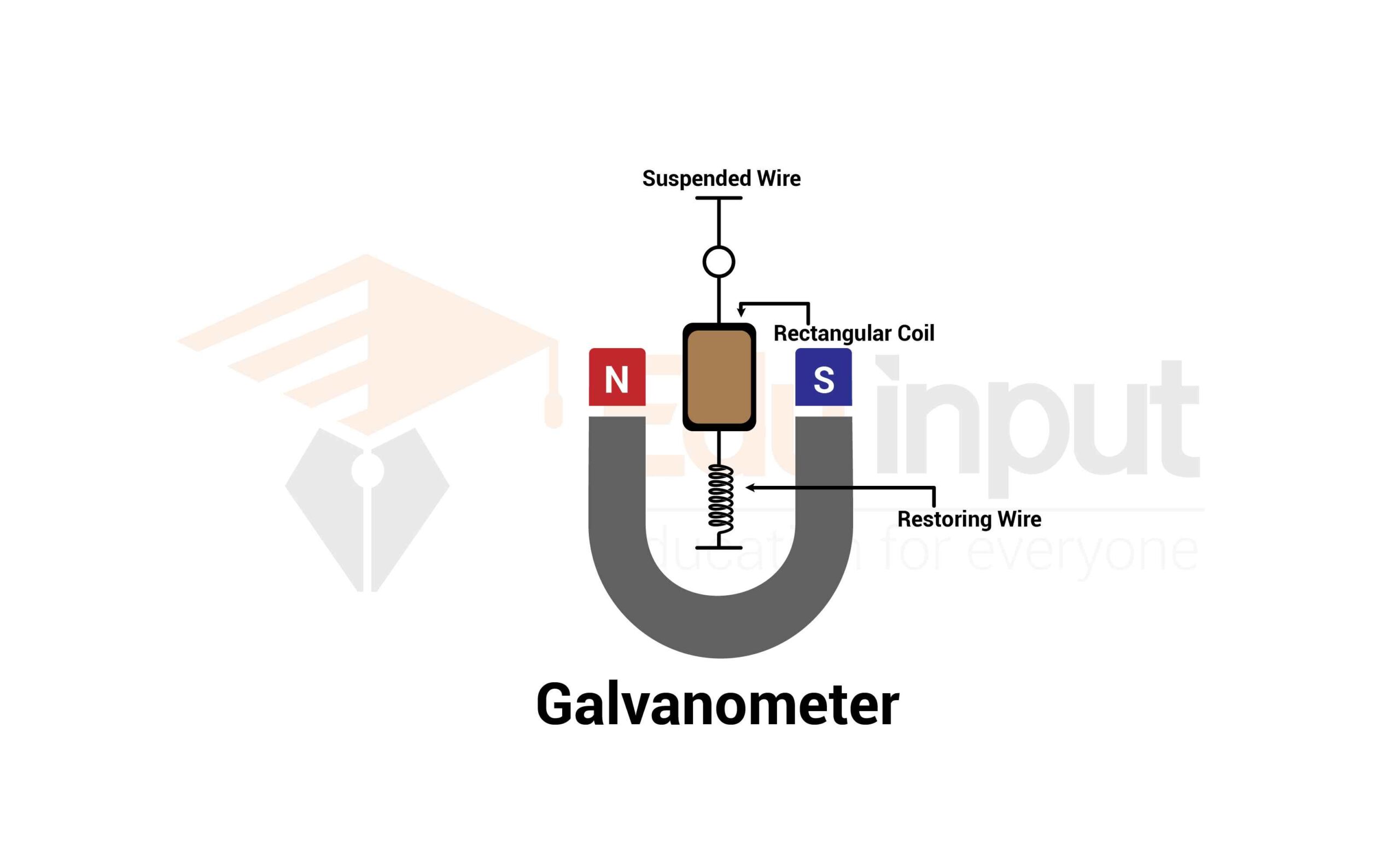Electromagnetic Pulse-Definition, Characteristics, Frequency, And Types
An electromagnetic pulse is a brief burst of electromagnetic energy. The origin of the electromagnetic pulse can be artificial or natural which depends upon the nature of the source. EMP energy can be transferred in the form of an electric field, magnetic field, and electromagnetic radiation.
Electromagnetic Pulse
A burst of radiation, also known as an electromagnetic pulse, is a Transient form of interference. It can be either a magnetic field or a conducted electrical current and depends upon the source. Energy components can be found in a large part of the EM spectrum, from very low-frequency radio waves to ultraviolet wavelengths.
Characteristics of Electromagnetic Pulse
A pulse is a short surge of energy. It will be spread over a variety of frequencies. The pulse is characterized by:
- The method of energy transfer.
- The spectrum or range of different frequencies.
- The waveform of the pulse, its duration, amplitude, and shape.
Frequency Ranges of EMP
A pulse of energy can be very low or very high depending on the source. The highest frequencies in the optical and ionizing ranges are not included in the range. Some types of EMP events can leave an optical trail, such as lightning and sparks, but these are side effects of the current flow through the air.
Pulse waveforms
The instantaneous amplitude changes with time and is described in the waveform. The simplified kind of model is used because of the complicated nature of the Real pulses.

The leading edge of most microwaves is very sharp, building up quickly. The classic model is a double-exponential curve that decays more slowly. The form of a rectangular or square pulse is often approximated by a controlled switch.
A signal is usually created in the surrounding environment. A damped sine wave is usually caused by a strong Coupling occurring most strongly over a relatively narrow band.
The double-exponential curve shows a high-Frequency sine wave growing and decaying within it. A damped wave has a lower energy and a smaller Frequency spread than the original wave. The test equipment often injects the damped waves directly rather than trying to recreate the high-energy threat pulse.
Types of Electromagnetic Pulse
The source emits a short pulse of energy. The energy is usually broadband by nature, but it can cause a damped wave response in the environment. Regular pulse trains are some of the types that are generated.
Different types of natural pulses event:
- Meteoric EMP
- Coronal Mass Ejection
- Lightning pulse
- Electrostatic discharge
Different Types of man-made EMP events include:
- Surges in the Power lines.
- The ignition systems of Gasoline engine
- Electric Motors
- Switching action of electrical circuitry
Various types of military Electromagnetic Pulses include:
- Nuclear electromagnetic pulse
- The non-nuclear electromagnetic pulse weapon
Effects of Electromagnetic Pulses
The operation of susceptible devices can be affected by low levels of electrical noise or interference caused by minor EMP events.
In the mid-twentieth century, interference from the ignition systems of gasoline engines caused radio sets to crackle and TV sets to show stripes on the screen, which was a common problem.
Laws were put in place to make vehicle manufacturers compliant with interference Suppressants. It is possible to cause a spark from an electrical discharge when you fuel a gasoline-engined vehicle.
A large and energetic EMP can cause high currents and voltages in the victim unit, temporarily disrupting its function or even permanently damaging it, which is why precautions must be taken to prevent them.
The data on magnetic tape and computer hard drives can be corrupted by a powerful electric current. Hard drives are usually protected with heavy metal. There are some IT asset disposition service providers and computer recyclers who use a controlled EMP to wipe magnetic media.

 written by
written by 





Leave a Reply